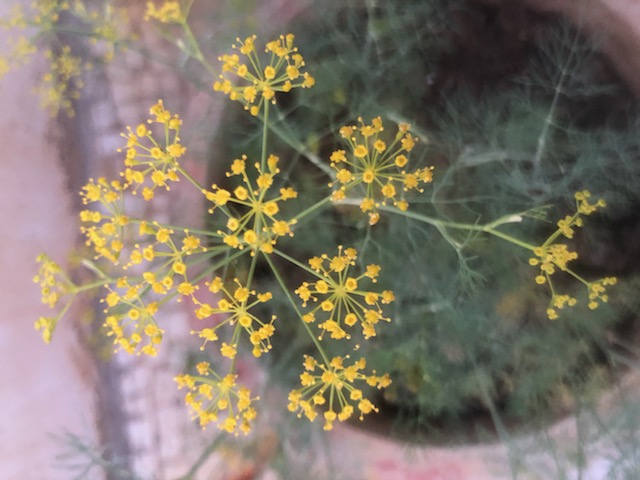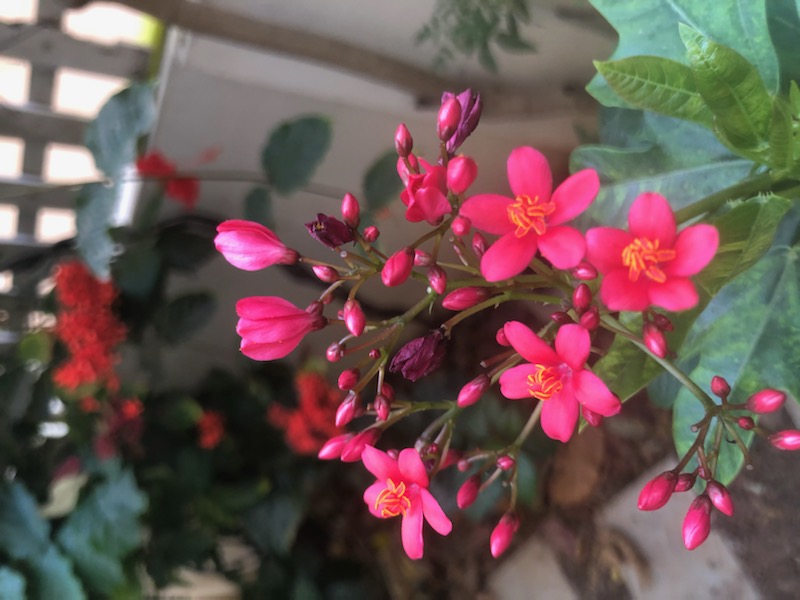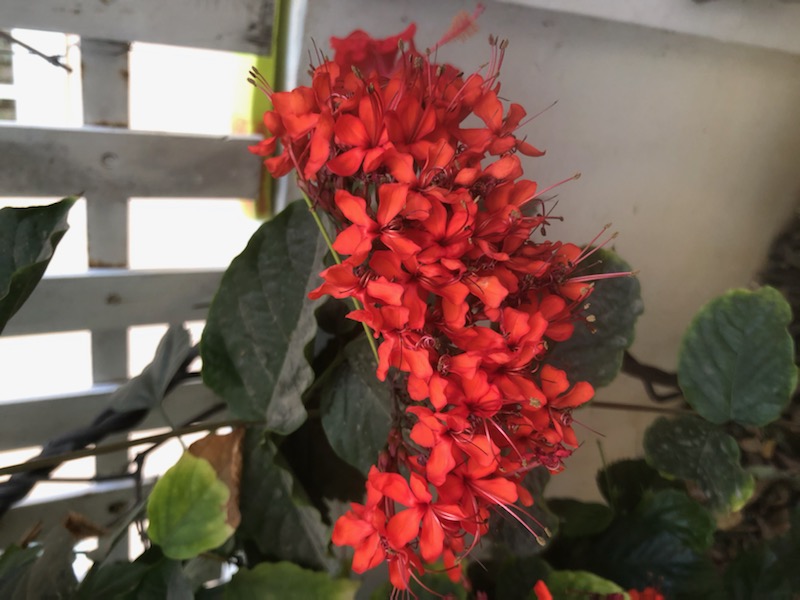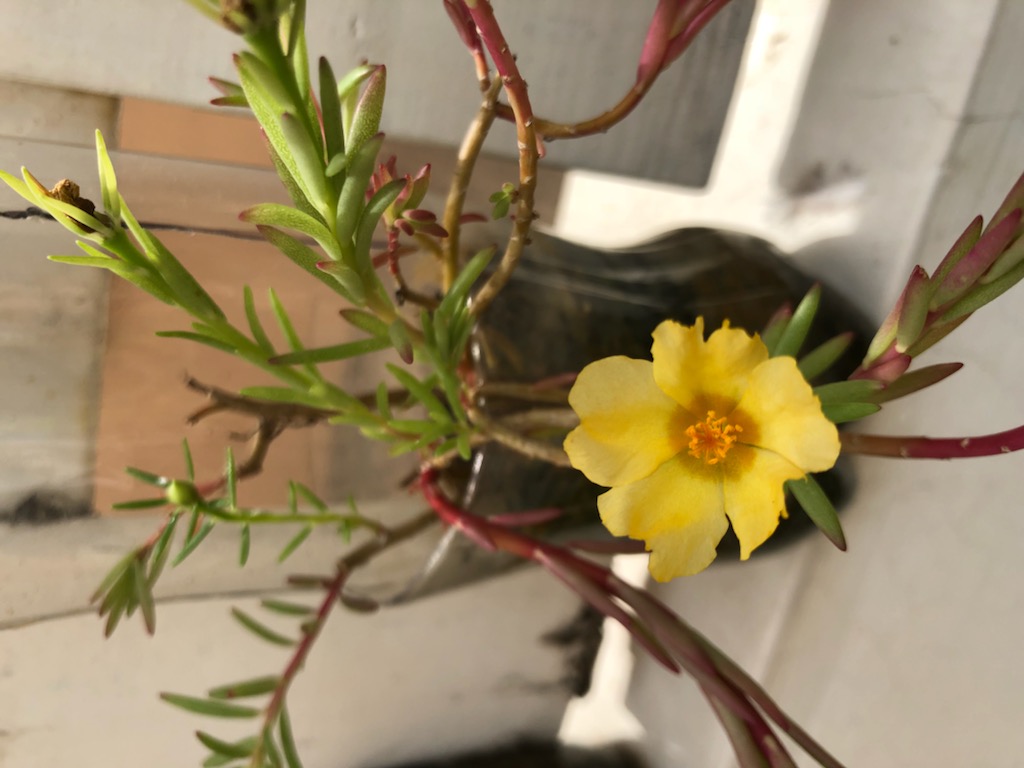Soil + Water = Happy Plant
Hey Plantaholics! How are you? I can’t believe that PreeTree is almost two months old now; I hope you have been enjoying reading the posts as much as I am writing them! Today, let’s talk about all the different soil mixes and how they vary between plant groups and watering!
Soil and water are the most important factors affecting plant growth. The soil’s primary functions are to anchor the plant firmly and provide nutrients through its roots. When you water, that will dissolve the nutrients into the soil, allowing the roots to absorb them more efficiently. Most plants require fast-draining soil so that the roots do not stay wet long in the water. They love moisture but do NOT like their feet wet.
Recipe for basic (and homemade!) soil mix:
| Component | Percent |
|---|---|
| Garden soil | 30% |
| Cocopeat | 20% |
| Sand | 20% |
| Well-digested cow-manure or any organic manure | 20% |
| Leafmould | 10% |
Bear in mind that the soil composition depends on your climate. If it is hot where you live, you may need to add more cocopeat. Soil composition also changes according to the plant that grows from it. For example, cactus: there’s no need for cocopeat; instead, you can replace it with sand, which means that for cacti and succulents, the proportion of sand will be greater. For flowering plants, remember to add bone meal. You can reduce garden soil to 20% and instead add the remaining 10% with bonemeal! On the other hand, orchid care is entirely different. Orchid plants are grown in loose mediums such as cocopeat chips, coal pieces, wood pieces, small bricks, and many more! The gaps between these chips and pieces ensure maximum air circulation around the roots. It’s interesting to point out that’s how orchids grow in the wild - perched on tree barks or hanging in the air!
My advice to you is to keep experimenting to find the perfect soil for your plants for your climate/zone.
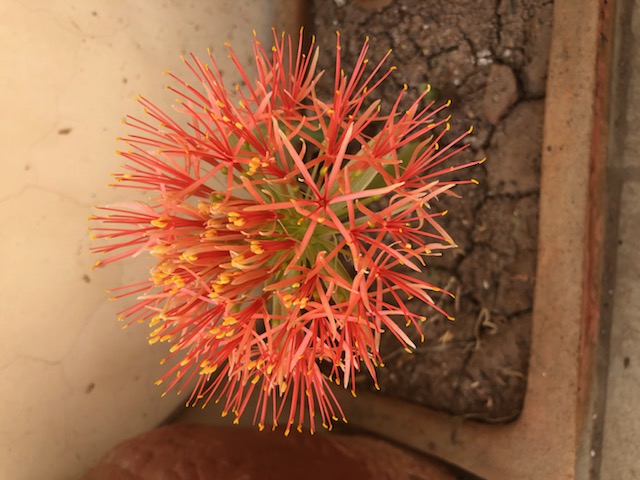
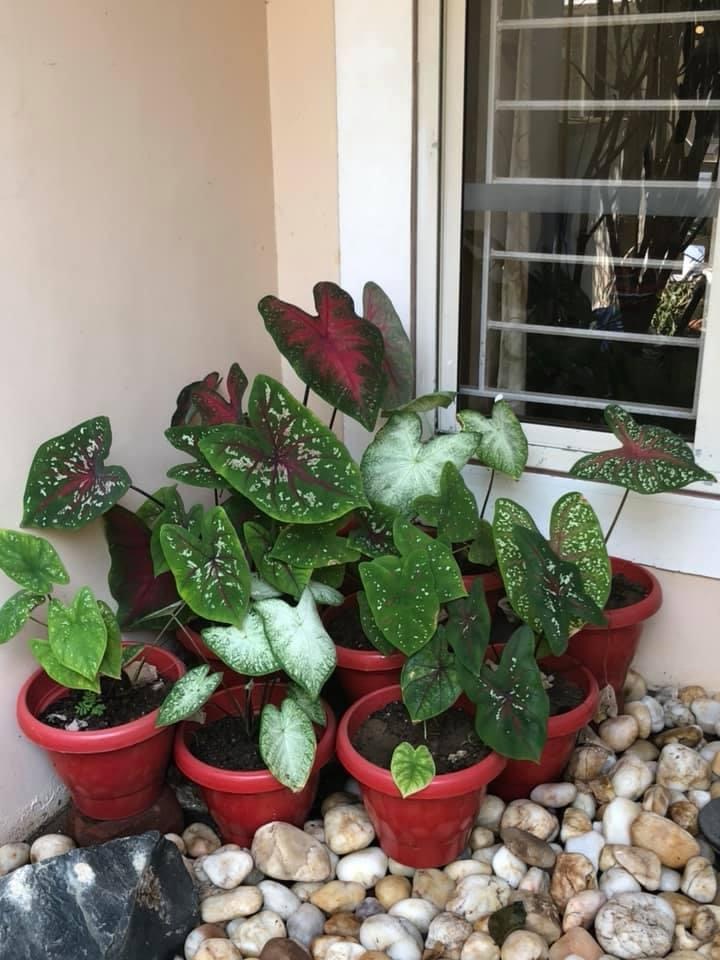
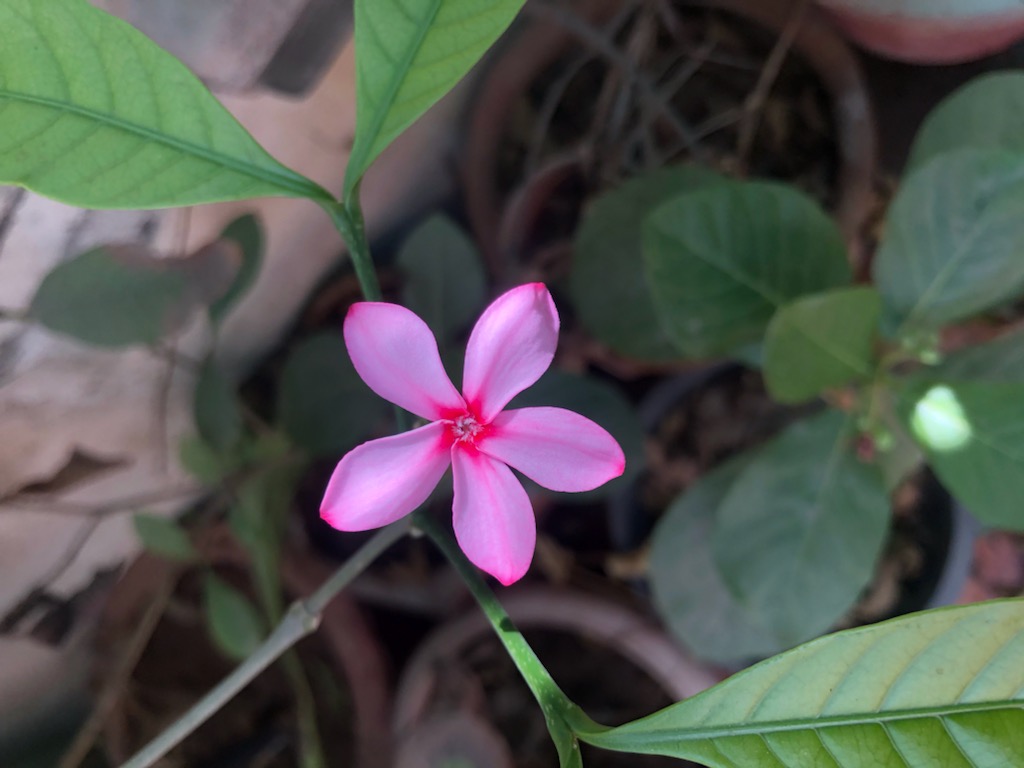
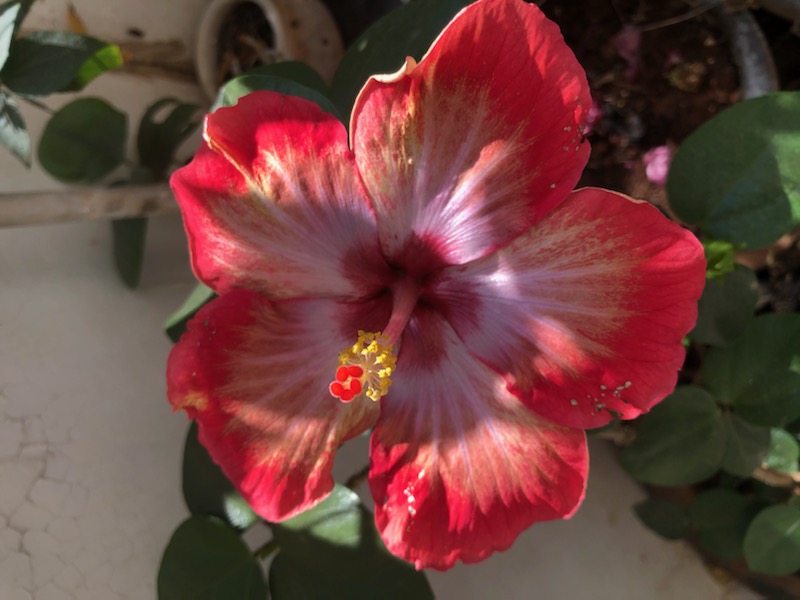
As for watering, there is no rule of thumb. The only rule that matters is to not keep them thirsty for more than 2 - 3 days. You’ll notice when your plant is dehydrated because the topsoil will be dry, and the leaves will slowly begin to wilt. Your plant can still survive another day without water at this point. Plants have exceptional adaptive skills when water is scarce to them but would spring back to life as soon as water is available again! This miraculous wonder is especially true for flowering plants, which will suddenly burst into blooms and leaves when you water them after a dry spell!
Since they can lose water through the walls, I fill my big earthen or cement pots once in 4 - 5 days to the brim. For plastic pots, I water every ten days, provided the temperature is below 35°C. Watering is also dependent on the soil I use. Bigger soil particles will reduce water retention; hence water will drain out faster. In this case, you will perhaps need to water twice a day during summertime!
Another factor that will decide your watering schedule is, of course, the type of plant. I water my cactuses once a month during winter and once a week during summer.
I hope these points will help to clarify some doubts. If you have more questions, please feel free to reach out to me because I’m always happy to help!
Happy planting!
